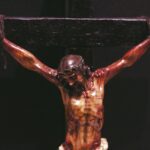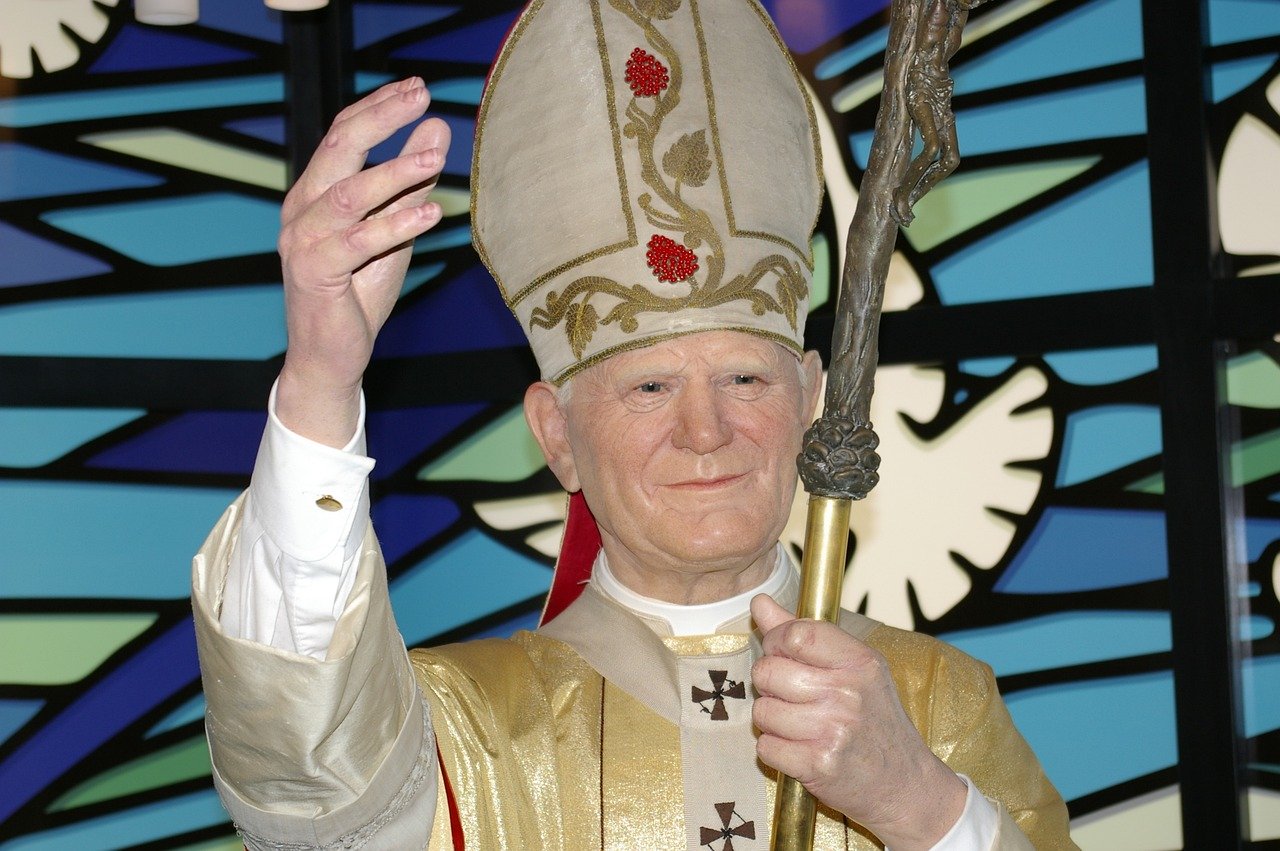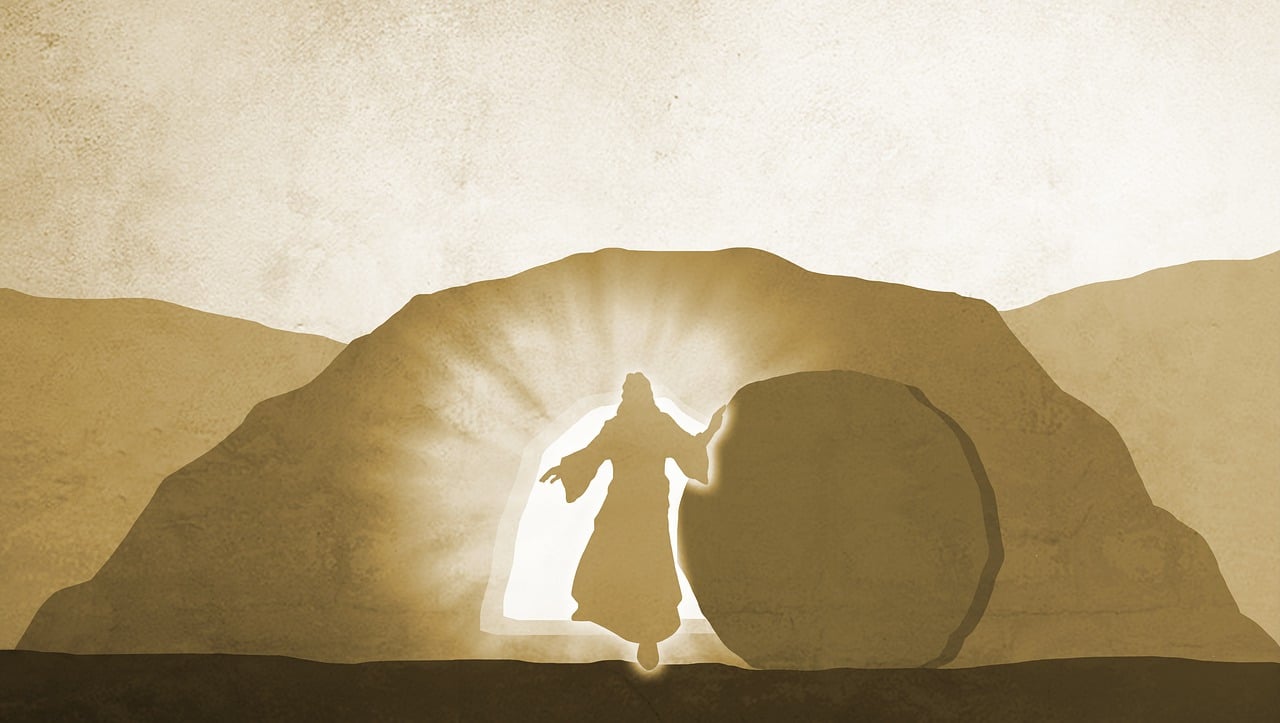Debunking the belief that the Pope is the biblical successor of the Apostle Peter.
The assertion that the Pope is the direct biblical successor to the Apostle Peter is a cornerstone of Roman Catholic tradition. However, a closer examination of biblical scripture and historical context reveals numerous points of contention. This article will explore Peter’s life, marital status, and the lack of biblical foundation for the papal office, presenting twenty counterpoints to refute the Catholic claim.
- Peter’s Marital Status
- Scripture proves Peter was married because Matthew 8:14 states, “When Jesus came into Peter’s house, He saw Peter’s mother-in-law lying in bed with a fever.”
- Implications for Celibacy: This contrasts sharply with the tradition of celibacy among popes, which was formally mandated in the Roman Catholic Church centuries after Peter’s time.
- No Singular Succession Mandate
- Lack of Biblical Directive: There needs to be a biblical reference where Jesus explicitly appoints a single successor to Peter. The Catholic Church’s interpretation of apostolic succession is not based on a direct scriptural command.
- Eldership and Plural Leadership
- Biblical model: Rather than a single figurehead, a council of elders (presbyters) oversaw the early church. Acts 14:23 states, “Paul and Barnabas appointed elders for them in each church…”
- Diverse Leadership: This pluralistic leadership model contradicts the idea of a single papal authority.
- Peter as One of Many Pillars
- Paul’s Perspective: In Galatians 2:9, Paul refers to Peter, James, and John as “pillars” of the church, indicating a shared leadership rather than a singular headship.
- Peter’s Rebuke by Paul
- Galatians 2:11–14: Paul publicly rebukes Peter for hypocrisy, suggesting that Peter did not hold a supreme, unchallengeable authority within the early church.
- Absence of Papal Titles
- The Bible does not mention the title “Pope.” Instead, it mentions the terms bishop, elder, and deacon, excluding “Pope.”
- Interpretation of “Rock”
- Catholics frequently interpret Jesus’ statement in Matthew 16:18, “You are Peter, and on this rock, I will build my church,” as establishing Peter’s primacy. However, the “rock” refers to Peter’s confession of faith, not Peter himself.
- Peter’s Humility
- Self-Identification. In 1 Peter 5:1, Peter describes himself as “a fellow elder,” emphasizing equality among church leaders rather than supremacy.
- Jerusalem Council Leadership
- James’ Role: During the Jerusalem Council (Acts 15), James, not Peter, appears to lead in decision-making.
- Historical Evolution of the Papacy
- Centuries Later: The formal establishment of the papal office and its claims of Peterine succession developed over centuries, solidifying long after Peter’s death.
- Early Church Autonomy
- Local Governance: No centrally controlled papal figure in the early Christian communities allowed them to operate with significant autonomy.
- Scriptural Authority
- Bible as Foundation: Protestant tradition holds that scripture alone (sola scriptura) is the ultimate authority, and there is no scriptural basis for the papacy.
- Role of the Holy Spirit
- Guidance of the Spirit: John 16:13 emphasizes that the Holy Spirit, not a human leader, will guide believers into all truth.
- Equality Among Apostles
- Collegial Nature: The New Testament depicts apostles as working collaboratively, without indicating a hierarchical structure, placing Peter above the others.
- Peter’s Missionary Journeys
- No Centralized Authority: Peter’s role as an itinerant missionary does not align with the Pope’s centralized, stationary role.
- Roman Church Leadership
- According to historical records, the Roman Church appears to have had many bishops in charge rather than a single bishop serving as Pope.
- Apostolic Succession Discrepancies
- Varying Successions: Different Christian traditions claim various lines of apostolic succession, challenging the uniqueness of the Roman Catholic claim.
- Scriptural Silences
- Lack of Evidence: More directives or instructions in the New Testament need to advocate for a singular, papal successor to Peter.
- Peter’s Presence in Rome
- Uncertainty: While tradition holds that Peter ministered in Rome, historical evidence is not definitive, and the Bible does not record Peter’s activities in Rome.
- Christ as Head of the Church
- Ephesians 5:23: The Bible explicitly states that “Christ is the head of the church,” which conflicts with the notion of a human head of the universal church.
Conclusion
The Bible does not support that the Pope is the Apostle Peter’s biblical successor. Peter’s role in the early church, his marital status, the absence of a singular leadership model, and the lack of a biblical mandate for the papacy all challenge this tradition. Instead, the New Testament portrays a more collaborative and decentralized form of church governance, emphasizing Christ as the head of the church and the Holy Spirit as the guide for all believers.











